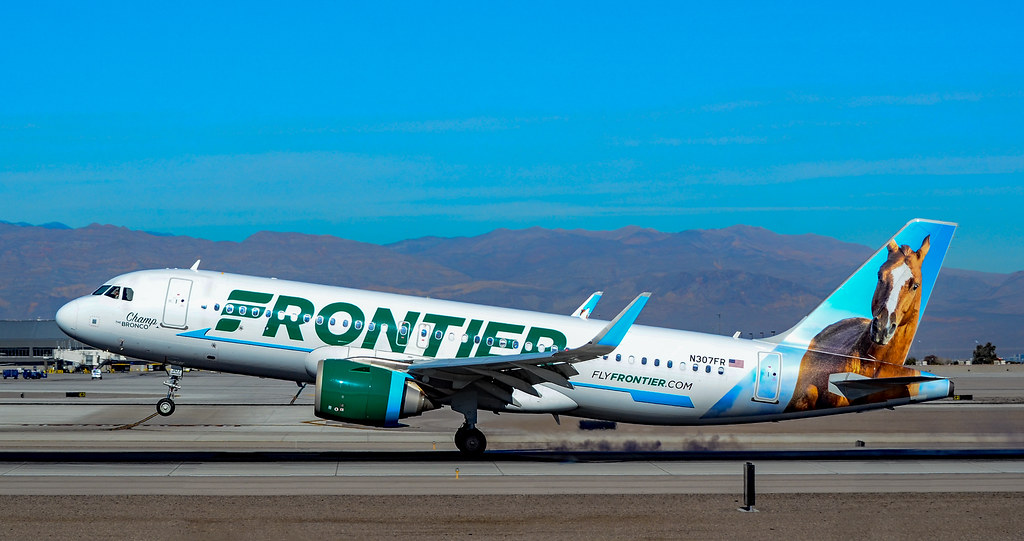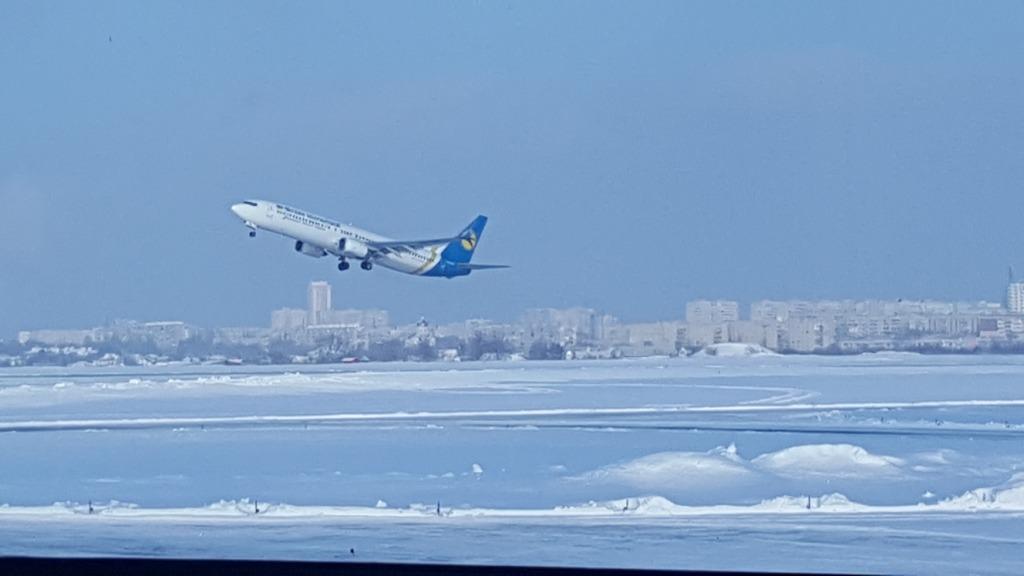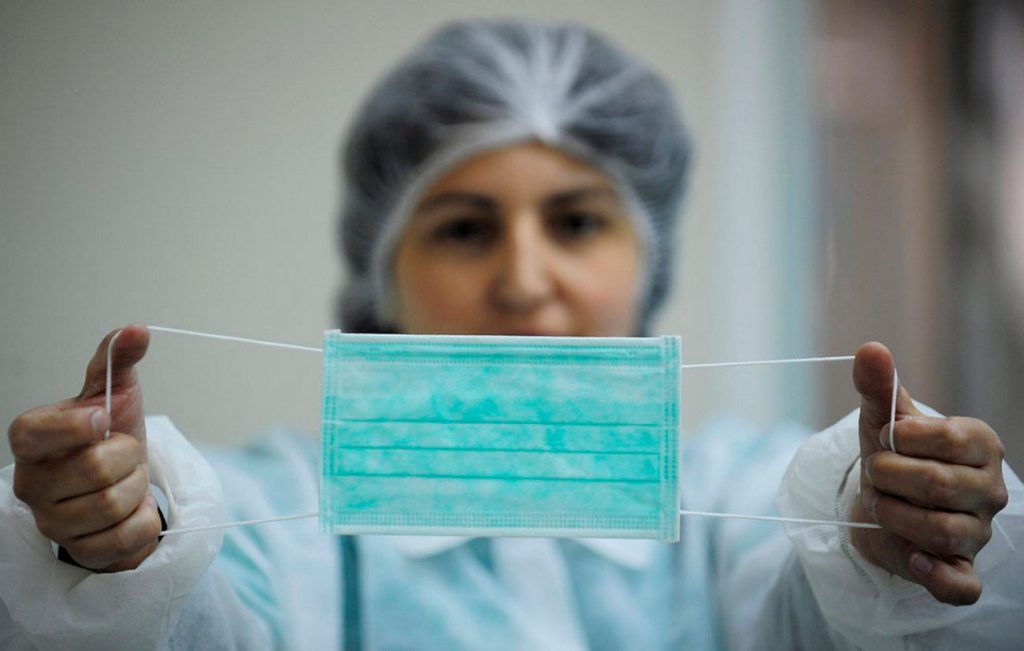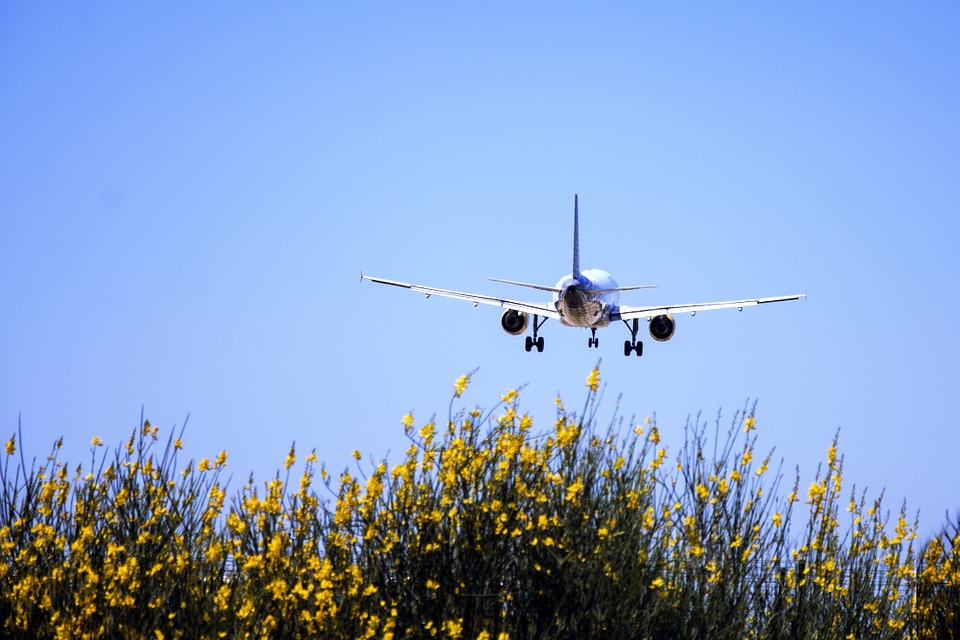Airlines are updating and enhancing its cleaning procedures on board in its response to coronavirus (COVID-19).
Last month, Hawaiian began using electrostatic spraying to comprehensively and evenly clean aircraft cabins with hospital-grade disinfectants, registered with the Environmental Protection Agency, that coat even hidden and hard-to-reach surfaces.
Hawaiian is applying electrostatic treatment, which dries in five minutes, nightly on the Boeing 717 aircraft it operates on flights between the islands, and prior to each departure from Hawai‘i on Airbus A330s that serve transpacific routes. The airline’s A321neo fleet is currently not in service due to a reduced flying schedule.
Hawaiian, whose modern fleet is equipped with HEPA air filters that create a dry and essentially sterile environment inhospitable to viruses, has detailed cleaning and disinfecting protocols, paying special attention to high-touch areas such as seats, seatbacks, headrests, monitors, tray tables, overhead bins, walls, windows and shades, as well as galleys and lavatories.
Hawaiian also distributes sanitizing wipes to passengers and has temporarily adjusted certain in-flight services, such as suspending the refilling of beverages in cups or personal bottles, and hot towel service.
These new measures will help keep Spirit’s new, fuel-efficient fleet and innovative airport experience safe and clean:
- Utilize state-of-the-art HEPA filters and air filtration systems that capture 99.97% of airborne particles and filters the air for contaminants every 3 minutes.
- Enhanced cleaning procedures use hospital-grade disinfectants that focuses on high-touch areas such as handles, seatbelt buckles, tray tables, and arm rests, and added additional cleaning between flights
- Fogging disinfectant services to supplement cleaning procedures. The fogging applies a safe, high-grade EPA-registered airborne disinfectant that’s effective against coronaviruses into the air and sticks to surfaces as soon as it’s applied.
- Leaving middle seats open when possible
- Increased stock in our onboard supply kits and continue to send additional cleaning chemical supplies to the airports we serve.
- Removing seat-back menus to reduce common touchpoints.
- Changed our snack and beverage service to be by request only.
- At our check-in counters, we’re implementing new technology-driven solutions like our automated self-bag drop and using our existing self bag-tagging for contactless check-in and faster trips through the airport.
- Placed “distance dots” in queues to encourage space between Guests.
- Started installing clear shields at our counters.
American Airlines is updating and enhancing its cleaning procedures on board and will begin offering personal protective equipment to customers as it continues to prioritize customer and team member well-being in its response to coronavirus (COVID-19).
Improvements to cleaning procedures will begin this week and will expand to every mainline and regional flight over time.
Beginning in early May, American Airlines will build on its comprehensive cleaning program by expanding the cleaning procedures already used during longer stops to every mainline flight. This cleaning will use a disinfectant approved by the Environmental Protection Agency (EPA) and includes:
- In customer areas, tray tables, seatbelt buckles, armrests, window shades and seatback screens. It also includes wiping door and overhead bin handles.
- In team member areas, enhanced galley cleaning, jumpseats and crew rest seats. The new enhancements add cockpit surfaces as well.
Delta is transforming expectations for cleanliness across airports and on aircraft to deliver a new standard of clean for customers: Delta Clean.
Starting April 1:
- All domestic aircraft will undergo the same interior fogging overnight that Delta has been using to disinfect international aircraft in the U.S. since February.
- Before every flight, aircraft will be cleaned using the same extensive checklist used during overnight cleanings. This industry-leading work disinfects high-touch areas customers care most about being clean, like tray tables, seat-back entertainment screens, arm rests and seat-back pockets.
- Spot checks will take place before each flight by a Customer Service Agent and a Flight Leader to ensure the aircraft is up to the Delta Clean standard. The team can resolve any issues immediately, and are empowered to request a cleaning crew return to the aircraft for additional cleaning.
By early May:
- Aircraft will be fogged before every flight in Delta’s network. The disinfectant used in fogging is immediately safe to breathe and is similar to what hospitals and restaurants use to sanitize.
Southwest bolsters safety-minded practices with additional cleaning throughout the day onboard aircraft and in airports, new personal protective gear requirements for Employees and Customers, and modified boarding procedures to enhance distancing.
Disinfection and Cleaning Around the Clock
- In Airports: We are cleaning Southwest leased spaces in airports—ticket counters, gates, baggage claims—multiple times a day.
- Onboard: Sanitizing wipes will be available onboard, upon request, for Customers who do not have their own. The wipes will contain a solution proven safe and effective in aircraft settings.
- Between Flights, Every Time: New procedures will introduce additional cleaning between flights to supplement the work of Flight Attendants who keep cabins tidy.
- Overnight, Every Night: Teams will continue working nightly to clean all interior surfaces with broad-spectrum disinfectants and multi-purpose cleaners. They give additional attention to higher touchpoint areas from nose to tail, from the flight deck to galleys and lavatories, and at every tray table, armrest, seatbelt, window, air vent, and buttons.
- In Hangars: In mid-April, Southwest began utilizing an electrostatic disinfectant and anti-microbial spray applied on every interior surface of the aircraft that kills viruses on contact and forms a protective shield for 30 days.
- In the Air: Southwest will continue utilizing HEPA air filters to circulate air throughout the cabin on every flight while effectively introducing fresh air into the cabin at regular intervals. These HEPA air filters remove 99.97% of airborne particles—similar to technology found in hospitals.





